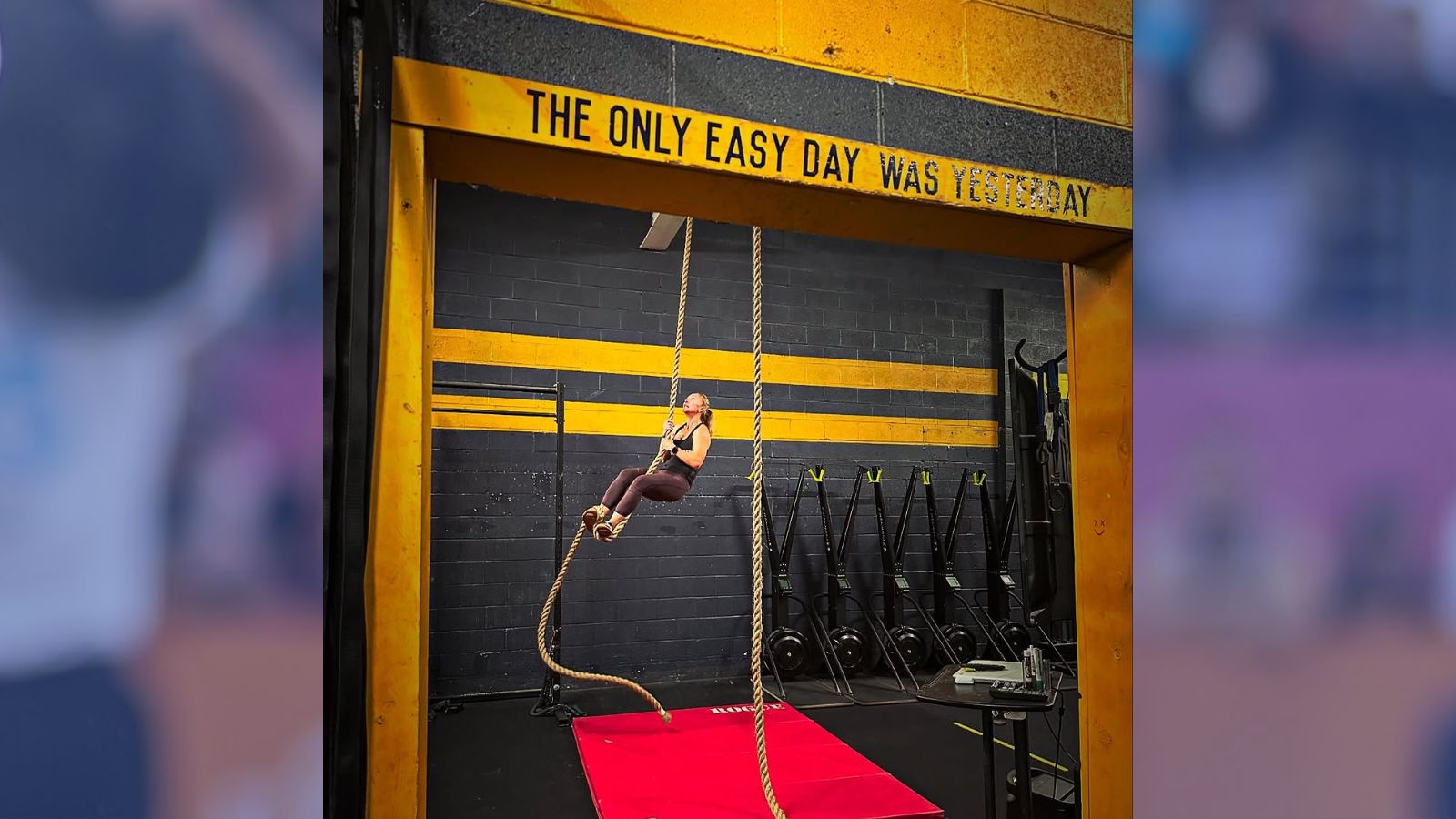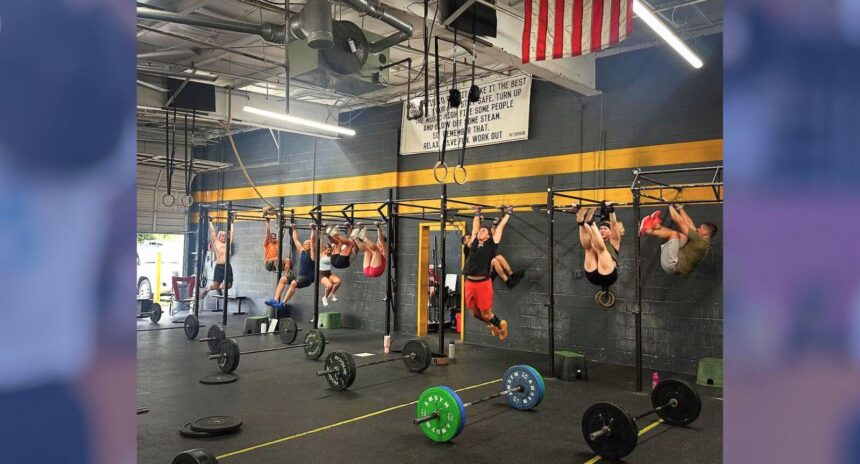Two-Brain State of the Industry Report Suggests CrossFit Gyms Lag Behind Others in Key Metrics

CrossFit affiliate owners generally don’t open a gym expecting to get rich.
- However, earning a good living and building a financially healthy, profitable business are important goals for most of them.
The recent findings from the annual Two-Brain Business “State of the Industry Report,” released on November 10, don’t look very promising for the big group class business model. At least, when it comes to financial success, there may be better ways to run their businesses.
Remind Me
This year’s report gathered data from gym management software companies Wodify and Kilo, analyzing about 7,000 gyms. Of these, 68.6% are large-group class gyms, such as CrossFit gyms, boot camps, or gyms that offer HIIT in large classes.
- It also examined small-group gyms — defined as semi-private gyms and individual-program-design gyms — as well as one-on-one gyms, which are personal-training gyms.
Finally, there was an “other category,” which included both non-coaching gyms and those with a wide variety of service offerings.
The Details
The data from the report clearly shows that small-group and one-on-one gyms are outperforming the traditional big-group class model that has long characterized the CrossFit and functional fitness industry.
Let’s take a look at some of the metrics:
Average Monthly Revenue
According to the report, both above-average and average gyms in the big-group class model generate less monthly revenue than small-group and personal training gyms.
Big Group
- Average: $13,500-$24,999
- Above average: $25,000-plus
Small Group
- Average: $12,000-$26,999
- Above average: $27,000-plus
Personal Training
- Average: $9,800-$26,999
- Above average: $27,000-plus
Worth noting: Not only are small-group gyms and personal-training gyms generating more revenue than large-group gyms, but they are doing so with fewer clients.
- In 2025, average big-group class gyms had between 101 and 158 clients, while above-average gyms had 159 or more. In comparison, the average member numbers for small group gyms ranged from 56 to 104, while those for above-average gyms exceeded 105.
The same was true for personal training gyms. Average gyms had between 40 and 105 members, while above-average gyms had more than 105 members.
Speaking of which: How many members does a big-group class gym need to be profitable?
- According to the report, a gym owner should break even before reaching 50 members, and by the time they reach 100, they “should be profitable and earning a good wage.”
So, if you have 80 members and aren’t yet profitable, it probably means you need to raise your rates.
Average Revenue Per Member (ARM)
Average revenue per member numbers paint a similar picture.
Big Group
- Average ARM: $126-$186
- Above average: $187-plus
Small Group
- Average: $189-$287
- Above average: $288-plus
Personal Training
- Average: $209-$359
- Above average: $360-plus
Furthermore, when considering each gym’s most expensive membership package, large-group class gyms once again fall behind small-group and one-on-one options.
Big Group
- Average: $155-$197
- Above average: $198-plus
Small Group
- Average: $300-$549
- Above average: $550-plus
Personal Training
- Average: $600-$1,079
- Above average: $1,080-plus
Coach Pay
One common complaint among affiliate owners is finding and retaining quality coaches. As the saying goes, money talks.
Case in point: This year’s report found that the average pay for the highest-earning coach (who isn’t the owner) at large group gyms was $34,435, significantly below what is considered a professional wage.
- Small-group and personal-training gyms also paid below what is considered a professional wage; however, they still earned more than large-group gyms at $37,848 and $48,961, respectively.
Furthermore, big-group class gyms also pay their coaches less per class than small-group and personal-training gyms, which pay per session.
- The report found that the mean coach compensation for a class at big-group gyms was $24.51. At a small group gym, it was $27.02, and for personal training, it was $32.10.
Owner Pay/Profit
Finally, the report shows how much money remains for the owner after all expenses are paid, which they call the monthly owner profit or benefit. In some cases, the owner allocates this amount for their own salary, while in others, the business keeps the money as profit.
Big Group
- Average: $2,800-$6,499
- Above average: $6,500-plus
Small Group
- Average: $3,100-$6,900
- Above average: $7,000-plus
Personal Training
- Average: $4,000-$8,499
- Above average: $8,500-plus
One More Big Thing
In addition to the latter, big group class gyms also require larger facilities than both small-group and personal-training gyms, which generally means higher rent.
- According to the report, the average square footage at big-group gyms in 2025 was 4,837 square feet, compared to 2,986 at small-group gyms and 3,991 at one-on-one gyms.
Not surprisingly, when it comes to fixed expenses as a percentage of gross revenue, big group class gyms are paying more than the rest.
- At below-average big group class gyms, fixed expenses were 50% or more of gross revenue, compared to 40% or more at small group gyms and 35% or more at personal training gyms.
The Big Picture
CrossFit has long been closely associated with large group classes. However, there’s nothing stopping an affiliate owner from adding or replacing these with one-on-one training, personalized programs, or semi-private coaching—all of which can command higher prices and reduce fixed costs.
Considering this, especially for gym owners whose numbers are below average or just average, these higher-priced services might be worth exploring.
Featured image: @welcome_to_the_mill / Instagram


